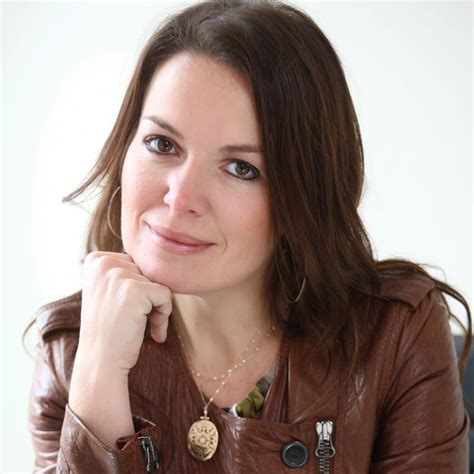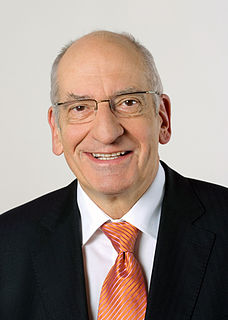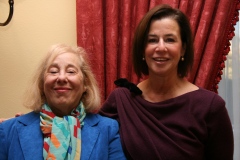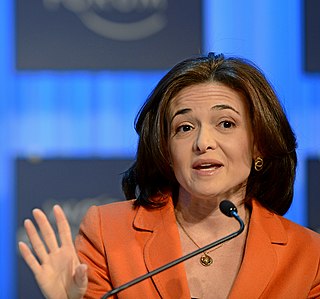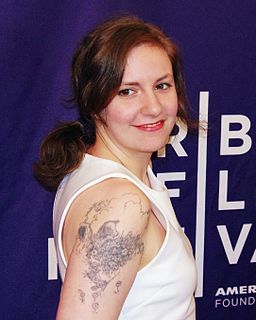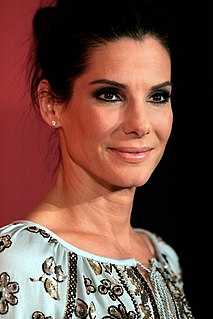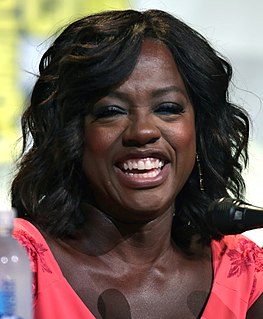A Quote by Emma Watson
I looked at [Geena Davis] research and see things like 21 percent of filmmakers are women, only 31 percent of speaking roles in popular films are female - you start seeing it everywhere. It's so much bigger. So you've uncovered this groundbreaking data and research.
Related Quotes
I remembered a long time ago when 'A League of Their Own' came out, and they had the opening sequence with an older Geena Davis. We all just thought it was amazing, but you find out it actually wasn't Geena Davis; it wasn't makeup. It was basically finding an actress that looked like her, and then Geena just dubbed her voice.
It is all of our jobs to make sure that women's rights are human rights, and that they do have a place at the table, and we all push toward equality. The leadership numbers for women in business really haven't changed since I began as CEO. There are only 21 female CEOs at Fortune 500 companies, there is only 17 to 19 percent of female representatives in Congress, there are only eight female governors.
There's a lot of research on the shift in who deals with money when families get in trouble. In good times, husbands handle the family's finances about 80 percent of the time. But when times turn sour and families start dealing with creditors and managing unpayable bills, women take more active roles.
If you look at the expenses of a great pharmaceutical company, they pay between about 10 to 15 percent of their expenses for research, but they use 30 to 40 percent of their incomes for marketing and promotion. It is not completely wrong that they spend so much, but it is not correct to say that there is a direct connection between the price of drugs and the cost of research. It could be more between the cost of marketing and the cost of the drugs.
Even the new feminist research on sex-role socialization and sex differences has sometimes had the unfortunate consequence of creating a new set of stereotypes about what women feel and how women behave. Despite the large amount of overlap between the sexes in most research, the tendency to label and polarize and thus to exaggerate differences remains in much reporting of data, which may, for example, report the mean scores of male and female populations but not the degree of overlap.




